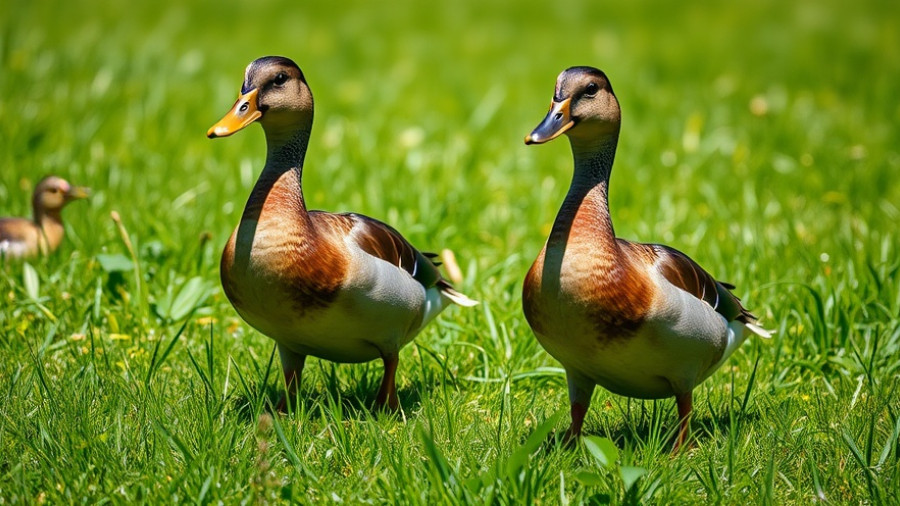
The Rising Threat of H5N1: What You Need to Know
The H5N1 virus, commonly known as bird flu, has evolved from being primarily a disease affecting birds to posing a significant risk across various animal species, including mammals and humans. With recent reports indicating its presence in all 50 states and having affected nearly 1,000 dairy cattle herds, experts are sounding alarms about the possible pandemic threat. As of early 2025, over 400,000 chickens have been culled in Delaware alone to contain the outbreak. The rapid transmission of H5N1 among livestock and potential sporadic infections in humans amplify these concerns.
Understanding H5N1: More Than Just Bird Flu
H5N1 is a strain of the influenza A virus that predominantly affects avian species but has now been shown to infect other mammals, including cattle and, occasionally, people. Symptoms can range from mild respiratory issues to severe pneumonia, with a reported fatality in the U.S. These developments indicate that the virus has the potential for dangerous adaptations that could facilitate human-to-human transmission.
Lessons from Past Pandemics and Preemptive Measures
As outlined by the Global Virus Network, the ramifications of H5N1 could parallel those of previous pandemics if not adequately addressed. Enhanced surveillance, strict biosecurity measures, and rapid response strategies are critical in curbing the potential spread of this virus. Experts emphasize the importance of understanding the virus’s genetic changes to anticipate and mitigate future risks.
The Need for Vigilance
Dr. Kay Russo warns that the time remaining to control H5N1 is running out. Given its swift spread among dairy herds, particularly attributed to factors like milking equipment, controlling the virus's vectors will require diligence from farmers and health authorities alike. The connection between animal agriculture and human health has never been clearer; interventions must be comprehensive to prevent a public health crisis.
Final Thoughts: What’s Next?
For the general public, the takeaway boils down to increased awareness and understanding of influenza viruses in animal populations, emphasizing the importance of biosecurity and monitoring practices. With avian influenza's potential to impact both livestock and human health, staying informed is your best defense.
 Add Row
Add Row  Add
Add 




Write A Comment